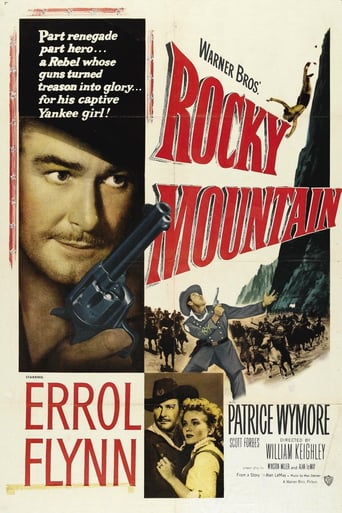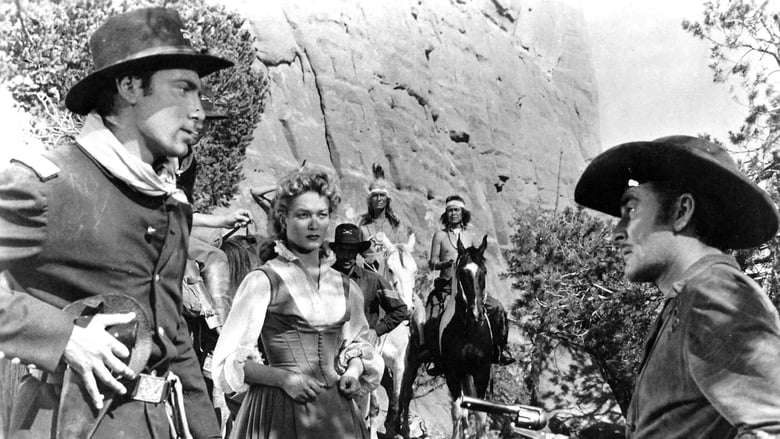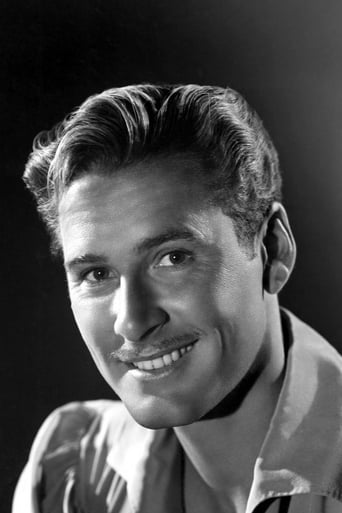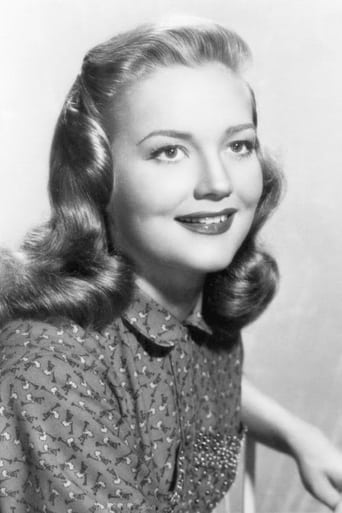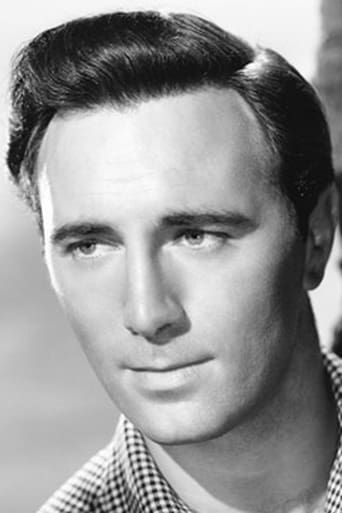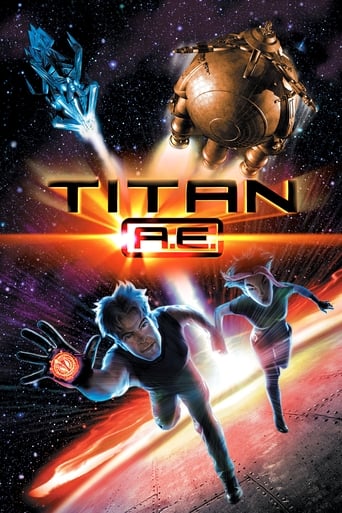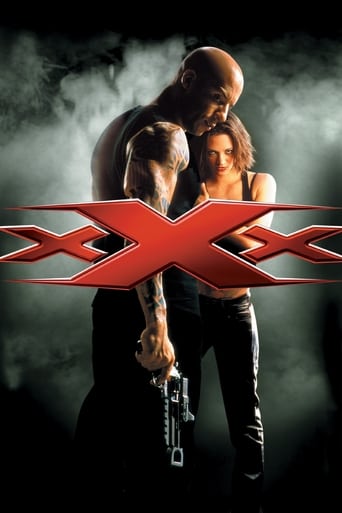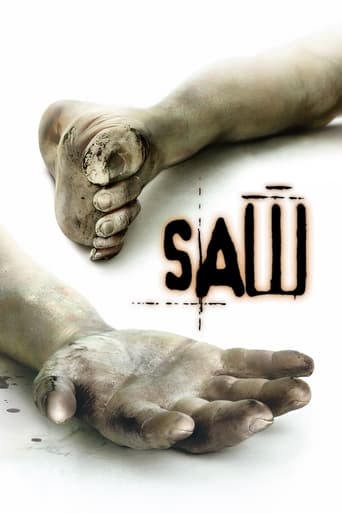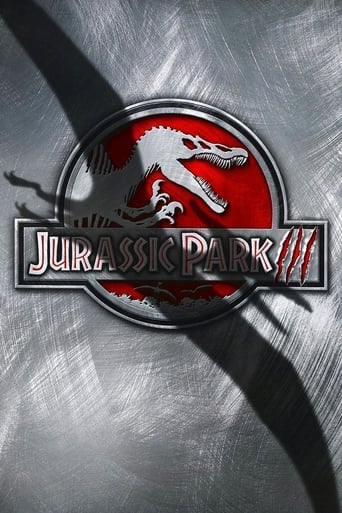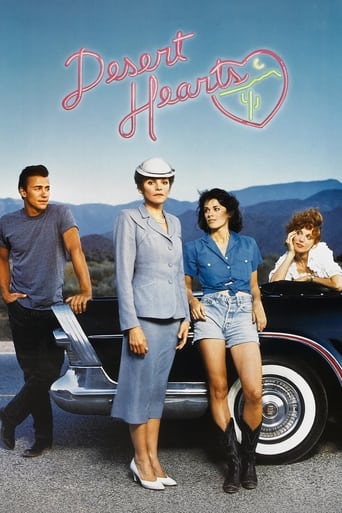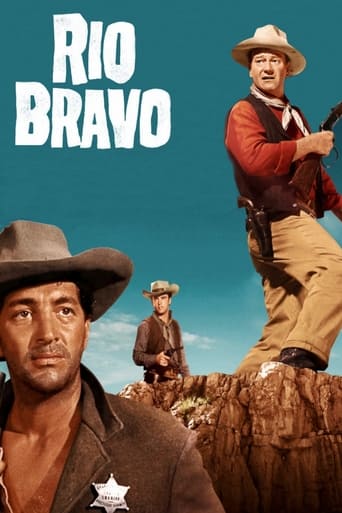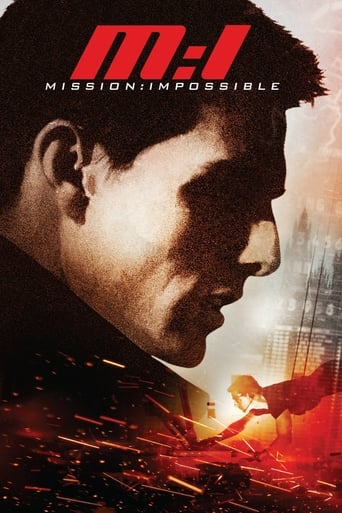Rocky Mountain (1950)
A Confederate troop, led by Captain Lafe Barstow, is prowling the far ranges of California and Nevada in a last desperate attempt to build up an army in the West for the faltering Confederacy. Because the patrol saves a stagecoach, with Johanna Carterr as one of the passengers, from an Indian attack, and is marooned on a rocky mountain, it fails in its mission but the honor of the Old South is upheld.
Watch Trailer
Cast


Similar titles
Reviews
As Good As It Gets
I like movies that are aware of what they are selling... without [any] greater aspirations than to make people laugh and that's it.
Simple and well acted, it has tension enough to knot the stomach.
After playing with our expectations, this turns out to be a very different sort of film.
There were so many stories to tell about the civil war, the wild west and all that goes with it and this be one of them. We have it all here. Good supporting cast, excellent lead actors, dust, horses, Indians, Calvary, horses, shootings, and lots of character. The story starts out mildly and than at some point starts to gel real nice. The viewer is then captured and made one with the movie world. There is enough character development to make you care what happens to these small group of men as they all have a part to play separately and collectively. There is realism in this movie. Water is limited, hope diminishes in general, surrounded by enemies, and practically no where to go brings out of a person who they really are. It has been said that it is important how a man lives but no less important how he dies. This is demonstrated well in this movie. There is no substitute for realism, truth and reality and the western frontier took many a life who underestimated it all. Here, they bet it all and that is called living on the edge. The poets refer to this type of journey as living rather than just existing. Good snack movie and have a tall tasty cold drink standing by. Satisfying ending that if you cooperate will generate a tear and some good reflection to boot...Forward Ho ooo
This is the 4th film I'm aware of in which Errol Flynn's character dies an unnatural death: 3 in battle, and one by execution by a firing squad(in Vichy France). As my review title suggests, this film incorporates elements of the other 2 films in which Flynn's character dies in battle: "The Charge of the Light Brigade" and "They Died with their Boots on". However, in the present film, Flynn's small group of Confederate rangers are not a formal cavalry detachment. They are faced with apparent certain death, trapped in a box canyon, vastly outnumbered by Shoshone warriors bent on revenge. Thus, they decide to mount a cavalry-like charge at the Shoshone, hoping to send a few of them to the happy hunting grounds, along with themselves.This film belongs to a small group of Hollywood films that dramatized the dream of stealing California, or just the southern part, for the Confederacy, or alternatively stealing or transporting some gold from CA to the eastern Confederacy, in a last gasp effort to save the nearly sunken Confederacy. Flynn had previously been the lead in trying to stop such a gold shipment from CA, in "Virginia City", one of two films(along with "Hangman's Knot") in which Randolph Scott headed the small Confederate party intent on delivering CA gold to the East. Interestingly, Patrice Wymore, soon to become the 3rd Mrs. Flynn, was the female lead in both films I'm aware of that dramatize a scheme to steal CA or just southern CA for the Confederacy, the other being Randolph Scott's subsequent "The Man Behind the Gun".Even in 1950, shooting in color was still considered a luxury feature, as the 3 strip Technicolor process had not generally been replaced by a single film, requiring much smaller cameras. As Flynn was then considered by Warners to be well past his prime, this rather low budget film, unfortunately, was shot in B&W. It was mostly shot in some spectacular red rock canyon lands around Gallup, N.M., which would have been nice to see in color!The plot is awfully contrived. While there was some hope early in the war that the Confederacy might win at least parts of NM, AZ, and CA, the possibility that a small contingent of rebels might wrest CA for the Confederacy at this late stage in the war is absurd. However, a strength of the screenplay is that it doesn't play out in a predictable manner. What begins as an anticipated Confederates vs. Unionists showdown in CA ends in primarily a conflict between the Shoshone vs. Barstow's bunch plus Union cavalry, acting separately. In this respect, it's basically a replay of "Virginia City", with the Shoshone replacing Bogart's Mexican banditos, and the difference that the Confederates and Unionists here are acting separately , rather in unison. The ending also smacks of "A Tale of Two Cities", with Barstow's bunch acting as a diversionary lure to deflect a capture of Union commander Rickey's fiancé: Johanna(Patrice Wymore) by the Shoshone. Whereas in "Virginia City", Flynn, playing the lead Union officer, gets the girl by default, since Confederate leader Scott is killed; here, with Flynn playing the Confederate lead, he loses the girl to the lead Union officer, again by default of his death, if no other reason. While Barstow makes no overt play for Johanna, clearly a degree of emotional bond develops between them, tempered by Barstow's hostile attitude toward the captured Yankee soldiers.Patrice seems a bit stiff in her role as Johanna, one of only two survivors of an overturned stage, running to escape a Shoshone attack, with Barstow's bunch scaring the Shoshone off. Rickey soon shows up with a few soldiers and a few Shoshone scouts. Barstow decides to try to capture them, rather than killing them in an ambush, with Johanna serving as bait. In this, he succeeds, in a tense segment when Barstow's bunch have a Shoshone chief(Mad Dog, one of the scouts), as well as Rickey, as prisoners of war. Both Rickey and Mad Dog escape the less than stellar night security. Mad dog's escape and the related killings of his scout sons proves a death sentence for Barstow's bunch, as they soon realize. Also, now realizing that their mission to help capture CA is a certain failure, even if they should escape, they change their mission to saving Johanna.Unlike most westerns of the time, there is little small talk humor in the film. Flynn and the others play it pretty straight and gritty, seemingly knowing that that their mission to help save the Confederacy had a near zero chance of success. Much of the action takes place at night or near dusk or dawn. We get to learn a bit about each of the Confederates, who came from many different states.Bewhiskered 'old timer' Chubby Johnson served a familiar role as the stage driver, who survived all this. .. I didn't understand the behavior of Cole Smith: the supposed CA rebel contact man.Incidentally, the Shoshone chief's name of Mad Dog was presumably borrowed from the famous Creek of the same name.
The director, William Keighley, a craftsman of old, was used to producing fast-paced, no-nonsense, movie but he's more or less undone here. A movie can't be fast paced if it begins with an action sequence (Indians, stagecoach, Confederate saviors) and ends with an action sequence (Indians and Confederates) but the two action sequences sandwich an hour or so of dullish talk on a location that's limited to the size of a tennis court.The story involves Captain Errol Flynn leading a handful of Confederate soldiers of diverse backgrounds to California in order to stir up an army of sympathizers. They take a couple of Blue Bellies captive, along with Patrice Wymore -- not much of an actress, but attractive enough, and soon to become Mrs. Flynn. Flynn and his men sacrifice themselves for the sake of the lady.The actual location, near Gallup, in the northern part of New Mexico, is impressive and scenic, despite its being limited to one set. But the photography by Ted McCord is lousy and spoils things. It's far too dark. Sometimes you can't tell whether it's supposed to be night or day. And it fails utterly in capturing the blazing Western summer sun. Wardrobe and Make Up are pedestrian. Everyone seems dressed in tatters except the captive lady. So much so that it resembles one of the TV Westerns becoming popular about this time.As others have observed, Flynn doesn't bring much to the party. He underplays it, probably because he was running out of steam. And when he removes his hat, he looks positively ragged, although he was only about forty. A bottle or two a day will do that for you.The biggest mistake the writers made -- aside from introducing a damned dog named "Spot" as the pet and companion of an innocent young boy -- was in giving Flynn's character the name of Lafe Barstow. Barstow, okay. It's a smallish truck stop on the edge of Kern County.But LAFE? Listen, I have made a serious scientific study of genuine Western names during the period of the Civil War and there is no record of anyone's being name Lafe. Nor were there any Matts, Coles, or Wades. The four most common names in the historical register are Noble, Chauncey, Montmorency, and Governeur.
Another western featuring Unionists and Confederates. Once again in a civil war film the rebels are shown to be honourable and principled whereas the Unionists are regarded as somehow disreputable. Let me remind you that the civil war was about the abolition of slavery and the confederates wanted to keep slavery. Maybe it tells us a lot about the attitudes to race of the Hollywood film studios.Errol Flynn is a Confederate officer whose small band of men travel 2000 miles to California to meet up with southern sympathisers and outlaws to stir up rebellion. Things do not go according to plan as they fail to meet up the support and get sidetracked when they rescue a girl and driver from a stagecoach during an attack by Indians. They then have to contend with the girl's fiancé, a Union cavalry officer who comes looking for her with his troops and some Indian scouts.When it turns out that the Indian scouts have betrayed the Union soldiers, Flynn and his small army are overwhelmed by the Indians and decide to sacrifice themselves to save the girl.The film was photographed in New Mexico and has a John Ford feel to it with some of the photography, however the nighttime battle scenes ends up at the viewer looking at a dark screen!Flynn does well as a jaded but gallant officer but the film lacks action with plenty of lulls, there is some good horse chase sequences, a decent battle at the end with the Indians and a loyal dog that will bring a tear to the most cynical eye.

